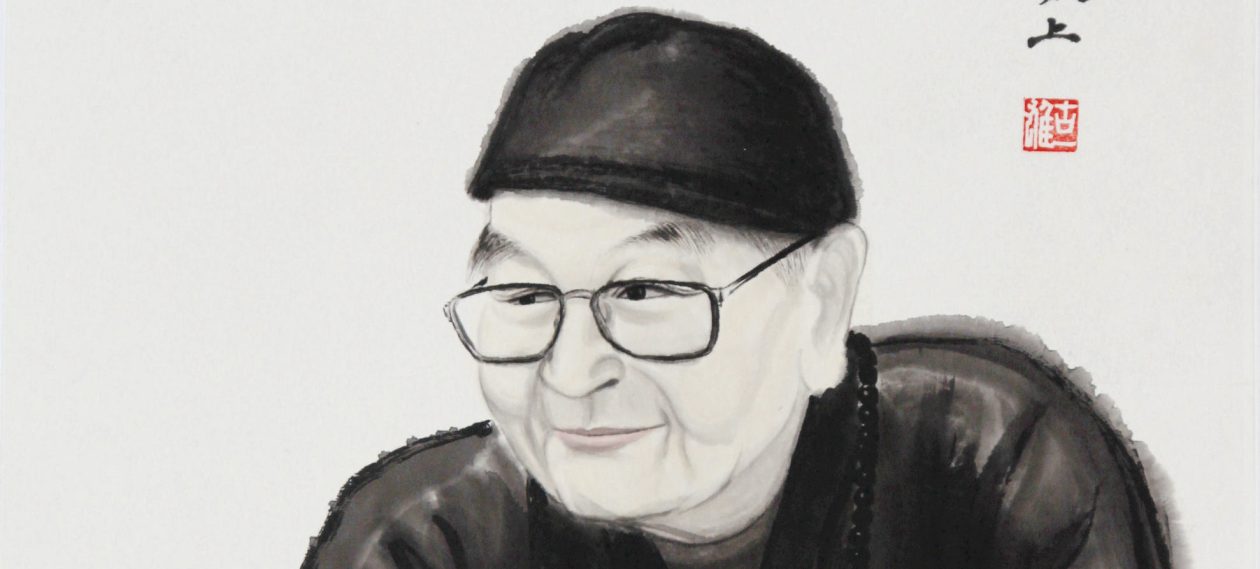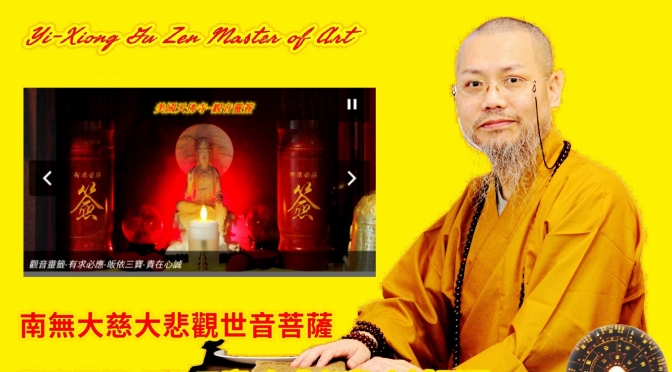
Master Yi-Yun’s Qimen Dunjia Divination – Real-World Divination: Answers to All Questions – Seeking Good Fortune and Avoiding Misfortune – Preparatory Notes for Consultation
There are two methods for determining the time and arrangement of a Qimen divination chart: The first method is “Local Real Time,” which refers to using true solar time to arrange the chart. I’ve noticed on online Qimen forums that some people create a Qimen chart and post seeking divination. Many of them do not provide information about the city or the time used to create the Qimen chart. Because a “Local Real Time” chart requires the latitude and longitude of the seeker’s location to be cross-checked. For example, if two people in China both make Qimen charts using Beijing time at noon, but one person is in Urumqi, Xinjiang Province, and the other is in Harbin, Heilongjiang Province, there’s nearly a three-hour difference between their local times. Ancient QMDJ diviners used local time for divination. Therefore, the person in Urumqi should cast the chart at 8:48 a.m. local time, while the person in Harbin should cast it at 12:24 p.m. local time, rather than both using Beijing time at noon. Thus, when making a Qimen chart according to “Local Real Time,” it’s crucial to inform the QMDJ diviner of the querent’s location, as this directly affects the accuracy of the diviner’s predictions. If the divination is cast using “Casually Time,” it’s essential to specify this to the QMDJ diviner. Without this information, the accuracy of the predictions may decrease.
The second method is “Casually Time,” where the QMDJ diviner creates a Qimen chart based on the querent’s arbitrary selection of a number, writing a few words, or saying a word, sentence, etc., or based on the requester’s orientation, voice, color, etc.
“Casually Time” charts allow for a lot of flexibility and are mainly used for in-person divination appointments. When divining online, besides scheduling a video consultation, most people make Qimen charts based on the local time at that moment. Making a Qimen chart using “Casually Time” primarily relies on the QMDJ diviner’s use of “external correspondences.” Also included is using the wrong chart to determine the correct outcome. Making a Qimen chart using “Casually Time” allows for resolving situations where multiple people want divinations at the same time or when there are more people requesting divinations simultaneously. In such cases, it’s necessary to make the chart using “Casually Time” for higher accuracy.
Another common knowledge that everyone should be aware of is that once it’s clarified whether to arrange the chart using “Local Real Time” or “Casually Time,” one must also understand that there are dozens of specific methods for arranging a Qimen chart. Common methods include the “Zhi-Run” chart, the “Chai-Bu” chart, the “Mao-Shan” chart, the “Yin” chart, etc. If different charts are cast, the resulting predictions will differ as well. Therefore, when seeking divinations online, if the querent understands these common practices of Qimen, it’s best to use the “Zhi-Run” method and arrange the chart using the local true solar time. This approach can enhance the accuracy of divination predictions. Alternatively, providing information to the diviner for chart arrangement by the diviner is more professional. In summary, seeking divination should not be taken lightly.

